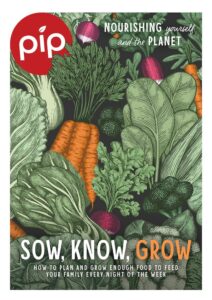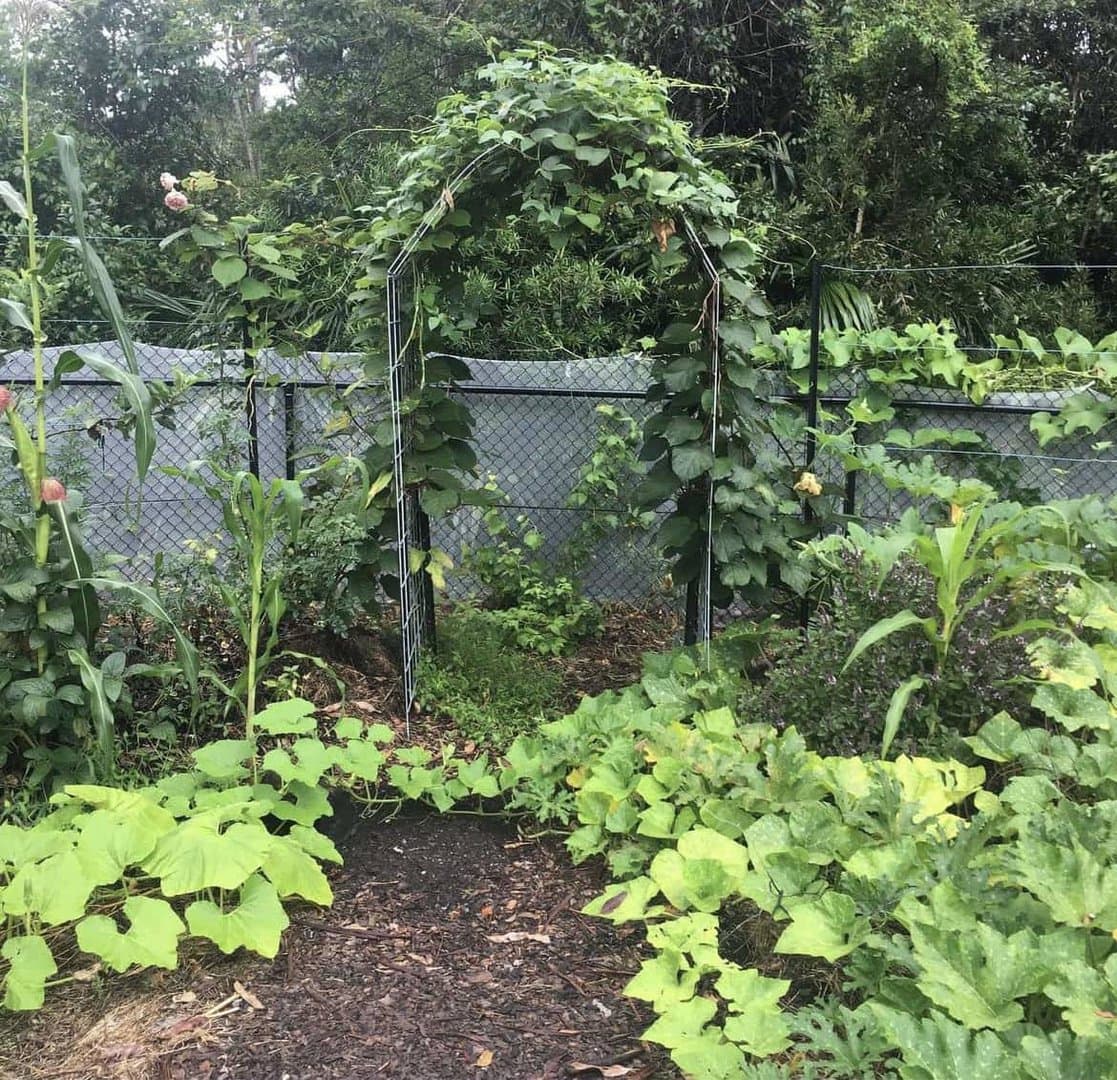I always love autumn. The deciduous trees might not be native but their glorious colours lift my heart. Perhaps it’s my Irish heritage. The leaves are also one of the many great gifts we receive from trees. You can leave them where they fall provided they don’t create a slimy slippery mess on a pathway, or sweep them up and add them to compost. Leaf mould (decomposing autumn leaves) are a treasure for improving soil and if you like to make weed tea, the addition of leaf mould will prevent foul odours thanks to all of the healthy soil bacteria they add. How wonderful that the falling leaves provide the perfect habitat for the life that healthy soil requires.
It’s also a good time to cut down salvias and other woody shrubs. Your pruned material can be broken up and placed under them for a free and beneficial mulch. It already contains everything that your plant needed to be healthy so it makes sense to put it back on the soil. Just avoid anything that looks diseased. The mulch layer will also provide habitat for tiny creatures like lizards and insects which will further build your biodiversity and enrich your soil. Make sure you leave some of your salvias for hungry tiny birds and prune these when the others set flowers. Birds are the main reason I include salvias in my system. They leave beneficial deposits, eat insects and caterpillars and drop the occasional high nitrogen feather. They also bring so much joy and beauty to the garden. If you don’t want to grow ornamentals then pineapple sage and fruit salad sage are great salvias. If you’re not sure about the status of a variety it’s best avoided. Some of the salvias are hallucinogenic!
Bees are continuing to have a hard time in our region due to the DPI response to the varroa mite. Put out a bowl of water filled with pebbles and make sure you always have something in flower for them. Pick up a packet of “bee mix” or “pollinator mix” when you order your spring seeds. Consider making or purchasing a bee hotel but avoid the cheaper ones from chain stores as they may not be deep enough to protect the babies.
Several members have resorted to hand pollination because of their concerns about reduced yields due to the lack of bees. This is not difficult to do and will ensure that you still get good crops of pumpkins, cucumbers, malabar gourds and tromboncino. If you manage to achieve a bumper crop then consider your nearest produce share or let some fully mature for seed saving. Our wonderful seed bank is always grateful for donations. Seeds grown locally are more likely to show good germination and resilience that seeds imported from somewhere else thanks to the clever trick that nature employs; seeds have very slight variations that improve the plants chances of at least some of them germinating. Over several generations, these variations become more closely adapted to local conditions. Come along to any of our monthly gatherings to donate or withdraw from the seed bank.
If you’d like to try an experiment with seed saving, it’s a good time of year to plant coriander. This popular herb does better through the cooler months and tends to bolt in summer. Plant a good sized patch and remove the first ones to go to seed. Keep removing the early bolters until you have three or four plants left and save the seed from just these plants. Repeat this process and in three or four generations you will have your own slow-to-bolt variety. Don’t push things too far though. I once managed to grow a season of coriander that never set seed and had to start again! If you’re part of the group of people with the genetic variant that makes coriander taste like soap you might like to try Vietnamese mint as an alternative. It has a similar flavour and grows easily from cutting. Members are always happy to share it for free.
If you need a fantastic, simple resource to tell you what to plant and how to plant it, check out PIP’s Sow, Know, Grow ebook.
Available as a free download, “This guide runs you through some of the most important things you need to be thinking about to increase your productivity. Even when you are short on time and space, it is possible to eat from your garden every day. You just need to choose the plants you eat most and plan ahead so there is always something ready to harvest.”


